Classical Pilates is raved about worldwide as the most effective type of Pilates you can do - 8 exercises that instructors recommend
Tried, tested and trusted moves.
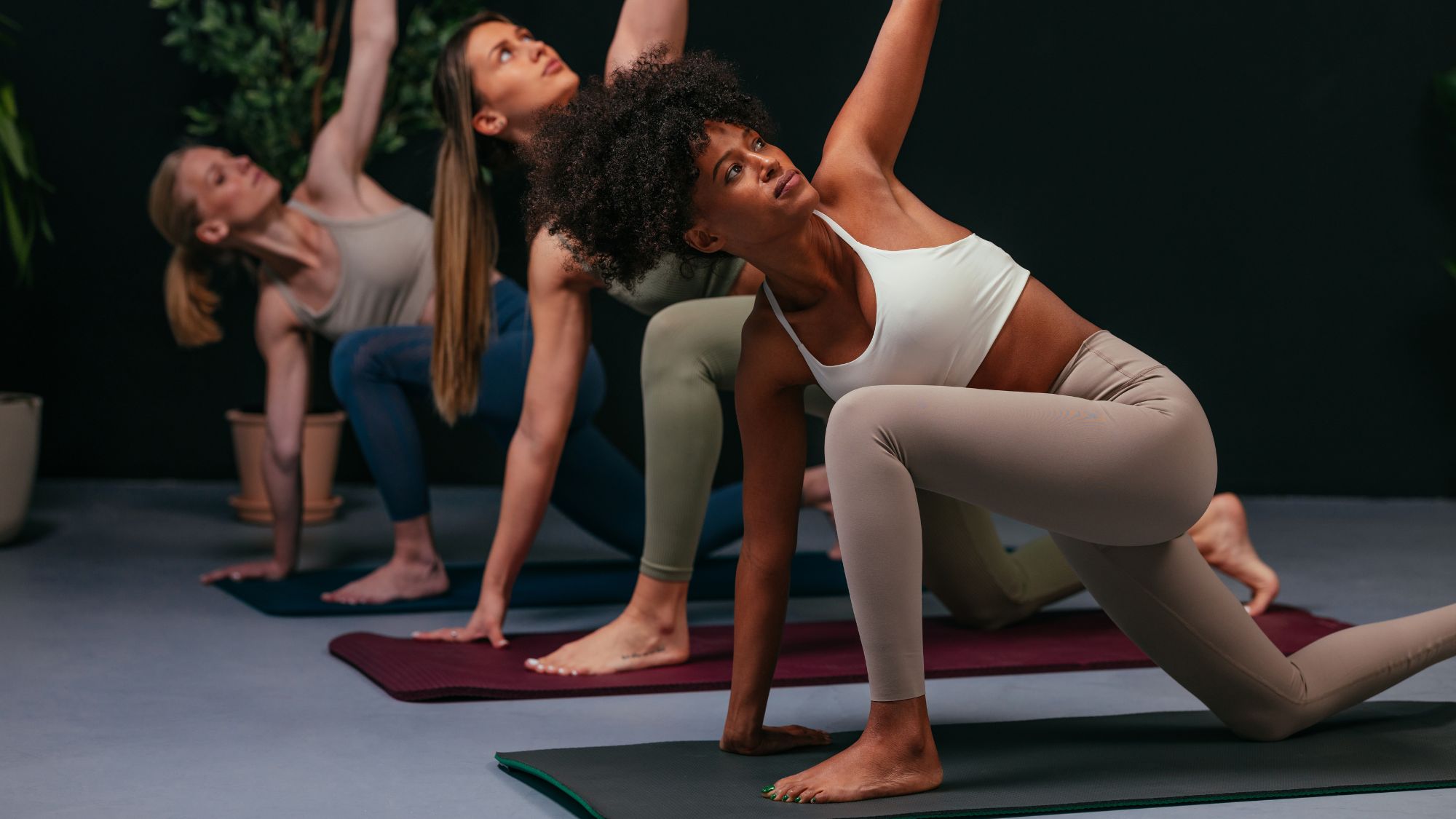

It's no secret that Pilates is having its moment in the sun. Beloved by the likes of Harry Styles, Miley Cyrus, and Madonna (and believe us, there are plenty more celebrities who rave about the workout), it's only fair to call Pilates the workout of the moment.
But it's by no means a new phenomenon. Pilates was first invented in the 1920s and has since evolved into a school of exercise with different teaching methods and styles. And while some of the contemporary styles are definitely gaining in momentum (STOTT Pilates, we're looking at you), many instructors still swear by the original method.
That, in a nutshell, is what Classical Pilates is. The earliest form of the exercise created, Classical Pilates is revered by instructors across the globe for its transformative effects on both the body and mind. Still not sure what it actually entails? In short, it's a sequence of exercises that captures the very essence of Pilates - control, centering, precision, breathing, and flow.
Social media has made Pilates a lot more accessible, giving us things like the best 10 minute Pilates workouts and the best Pilates workouts to do at home. But as emphasised in this paper, there's still a desire from people working in the industry to uphold the integrity of the original method.
Fortunately, Classical Pilates isn't going anywhere, and it remains the number one Pilates teaching method worldwide for good reason. "The reason I love Classical Pilates so much as an instructor is because it’s a proven method," Classical-trained instructor Ashlea McKee says. "The magic is in the work itself - it’s designed to enhance the body, build strength, and create lasting change."
If that sounds as good to you as it does to me, then you're in the right place. We've asked Pilates teachers to share their top Classical Pilates exercises, so we can start adding them to our weekly workout rotation. To see which exercises made the cut, you'll have to keep reading. While you're here, do check out the rest of our Pilates content. From the best wall Pilates workouts to how often you should do Pilates, to the best Pilates exercisesof all time, we've covered all your need-to-knows.
Classical Pilates is practiced worldwide for a reason - your guide
What is Classical Pilates?
Even if you've got a good understanding of what Pilates it, you might be wondering what it means when it's got the word "Classical" tagged on the front. Well, Classical Pilates refers to the original Pilates teaching method created by the movement's founder, Joseph Pilates.
Marie Claire Newsletter
Celebrity news, beauty, fashion advice, and fascinating features, delivered straight to your inbox!
"Classical Pilates remains closely aligned with the original movement method developed by Joseph Pilates, honouring the system and principles he designed," McKee confirms. "He originally called it contrology, but it was later named Pilates after he passed."
Developed in the early 20th century in Germany, Classical Pilates has since been revised and adapted into contemporary teaching methods such as Basi, Polestar, Body Control, and STOTT Pilates. But anything that refers to Classical Pilates stays true to the original method.
@kerstingraham classical pilates changed my body and my lifeee 🦋🤍✨
♬ NANANA COLA IAN ASHER EDIT Out Now On SoundCloud - Ian Asher
Why was Classical Pilates developed?
Interestingly, Classical Pilates is rooted in Joseph Pilates' own health conditions. "He was a sickly child who suffered from rickets, asthma and rheumatic fever," Pilates instructor Tara Riley explains. "He studied various different forms of exercise, including gymnastics and martial arts, and developed his own system of exercises emphasising core strength, control and breathwork to overcome illness."
Joseph Pilates further developed his system, contrology, during the First World War, when he was working with injured and disabled prisoners to aid rehabilitation. He later moved to the U.S., where his method grew in popularity for its training and rehabilitation capabilities.
"His legacy has carried on through a group of his earliest students, known as the 'Pilates Elders’ who preserve and pass on his teachings - forming the ‘Pilates Lineage'," Riley adds.
And so we have the Classical Pilates method, beloved by so many people across the globe. It's the most common type of Pilates practiced, so when you hear your favourite celebs rave about Pilates it's a pretty safe bet to assume that Classical is the method they use.
What did the original Classical Pilates method look like?
There's actually a sequence of movements that captures Joseph Pilates' original method, consisting of 34 movements performed on a mat.
"The Classical Pilates method follows a specific sequence on the mat, which is designed to systematically warm up the body, challenge strength and flexibility, and integrate the entire mind-body connection through purposeful movement," McKee explains.
This original Classical Pilates order aimed to target all the different muscle groups and create more balance throughout the body. Some of the most well-known movements include the hundred, the roll up, the leg circle, and the corkscrew. When performed as part of the full sequence on a mat, they create a clear progression of exercises that build on each other.
"More than just the order, classical Pilates also follows the full Pilates system which includes mat, reformer and other not so known apparatus such as the Cadillac, tower, the chairs, barrels and more," McKee adds. "It’s a practice that honours the original teachings while challenging you to move with purpose, control, and intention - every single time."
@margaretelizabeth__ ♬ original sound - Margaret // Pilates Instructor
Are there any key features of Classical Pilates?
If you're wondering what to look out for when it comes to Classical Pilates versus contemporary models, there are a few defining characteristics that will help you distinguish it.
"Aside from the specific sequence designed by Joseph Pilates, Classical Pilates has a core-centred approach," says Amy Kellow, Classical Pilates expert and founder of Everybody Pilates. "The Powerhouse (core muscles, including the abdominals, lower back, hips, and glutes) remains engaged throughout the workout."
So you can definitely expect to gain a stronger core if you practice Classical Pilates exercises, as this study from 2015 proved. There's also a big emphasis on mind-body connection through combining precision and breathwork with each movement.
"All the exercises in Classical Pilates are also performed in a smooth, continuous sequence, maintaining a dynamic yet controlled pace," Kellow adds.
8 best Classical Pilates exercises to add to your exercise routine
When we asked Classical Pilates teachers to cherry-pick their favourite Classical Pilates moves, there were some consistent choices across the board. While a full Classical Pilates flow would incorporate all 34 exercises from Joseph Pilates' original sequence, there are some moves to prioritise if you don't have time to commit to the full thing.
Without further ado, these are the best Classical Pilates moves to add to your weekly workout rotation, now.
1. The Hundred
What? Lie on your back, legs in tabletop position, arms reaching up. Inhale to prepare, and as you exhale, engage your abdominals to lift your head and shoulders, then reach forward and start to pump the arms up and down. Inhale for five pumps, and exhale for five pumps.
Why? Our health writer recently tried doing the Pilates hundred every day for a week and saw pretty impressive results core-wise. Aside from strengthening the core, this is a great exercise for warming up the body and improving stamina.
How long? Inhale for five pumps, exhale for five pumps, and repeat ten times.
2. Single leg circles
What? Lie on your back with one leg extended on the mat and the other reaching to the ceiling. Circle the raised leg across the body, down, around, and up without moving the hips. Then, reverse the direction. "It's important to engage the abdominals to keep you stabilised and connect your breath and movement together," McKee advises.
Why? Another one we've put to the test (see how our writer got on trying leg circles every day for a week here), single-leg circles have a myriad of benefits. They improve pelvic floor stability, strengthen the hips, glutes and core, and improve coordination.
How long? Five times in each direction, per leg.
3. The roll up
What? Start lying flat with legs and feet together and arms reaching up. Inhale to prepare, exhale to curl up, reach forward and roll up in a capital C shape. Inhale at the top, and exhale to roll down with control, melting each vertebra down into the mat. It's really important to engage your core throughout the move.
Why? Pilates roll ups are probably the number one move to practise if you're looking to build core strength. "They also improve mobility of the spine and increase flexibility in the hamstrings and back," McKee adds.
How long? Six reps, gradually increasing over time.
4. Teaser
What? Lie on your back with your legs extended and arms reaching overhead. Inhale to prepare, then exhale as you lift your legs to a 45-degree angle and simultaneously roll your upper body up, reaching your arms toward your toes. Hold the position briefly, then inhale to lower back down.
Why? Again, this is an excellent move for building core strength (we did say that this was a big focus in Classical Pilates). It also improves balance, coordination, and spinal control.
How long? Aim for three to five reps, then gradually increase this as your core gets stronger.
5. Boomerang
What? The boomerang is one of the more advanced Pilates exercises. Start seated with legs extended straight and crossed at the ankles. Inhale as you roll back onto your spine and lift your legs overhead, peeling your lower back off the mat. Uncross and recross your legs, then exhale as you roll back up into a teaser position. Extend your arms, then bend the elbows to the side and clasp your hands behind your back. Inhale as you fold over your legs to stretch, and exhale as you return to the starting position.
Why? "The Boomerang is my favourite Classical Pilates mat exercise because it combines so many of the Mat and Reformer exercises (Rowing, The Roll Over, Teaser) in one continual flow," Sophie Hatton, founder of Pilates Works, shares. "When performed correctly, it creates control, flow, precision, strength, and flexibility while challenging every muscle group."
How long? Three to five reps.
6. Single leg stretch
What? Lie flat on the mat, then lift your neck and shoulders to a curled-up position. Bring one knee into the chest while the opposite leg extends long. Inhale for two, exhale for two. Switch legs with control and repeat, keeping the core engaged.
Why? "The single leg stretch builds deep abdominal strength," McKee advocates. "It also improves coordination and connection as you move with precision."
How long? Eight to ten reps.
7. Spine stretch forward
What? Sit tall with legs extended hip-width apart and feet flexed. Inhale to lengthen the spine, and exhale to reach forward, finding a big capital C shape through the body. Keep your deep abdominals engaged to maintain the connection. Inhale to prepare, exhale to roll back up, finding even more length in the spine.
Why? A mobility-focused exercise, the spine stretch forward is ideal for improving spinal flexibility and posture.
How long? Four reps, performed with precision and control.
8. Swan-dive
What? Lie face down with your legs together, arms extended forward, and forehead on the mat. Inhale as you lift your chest and legs off the mat, balancing on your pelvis. Exhale as you rock forward, allowing your arms to lift, then inhale as you rock back.
Why? This is one of the best Classical Pilates moves for the back, and it's actually the exercise we finish with at the end of each Pilates class at my gym. Over time, it will strengthen the back muscles and improve spinal extension. Just be careful not to overdo it, and only push yourself as far as it feels comfortable.
How long? Three to five reps.
Shop MC UK Pilates essentials here:

Flared leggings are a nice way to elevate your Pilates gear, as they bring a stylish touch while still remaining practical. These ones from Sisterly Tribe are a bestseller, made from a four-way stretch fabric that's perfect for flowing through a Classical Pilates sequence.
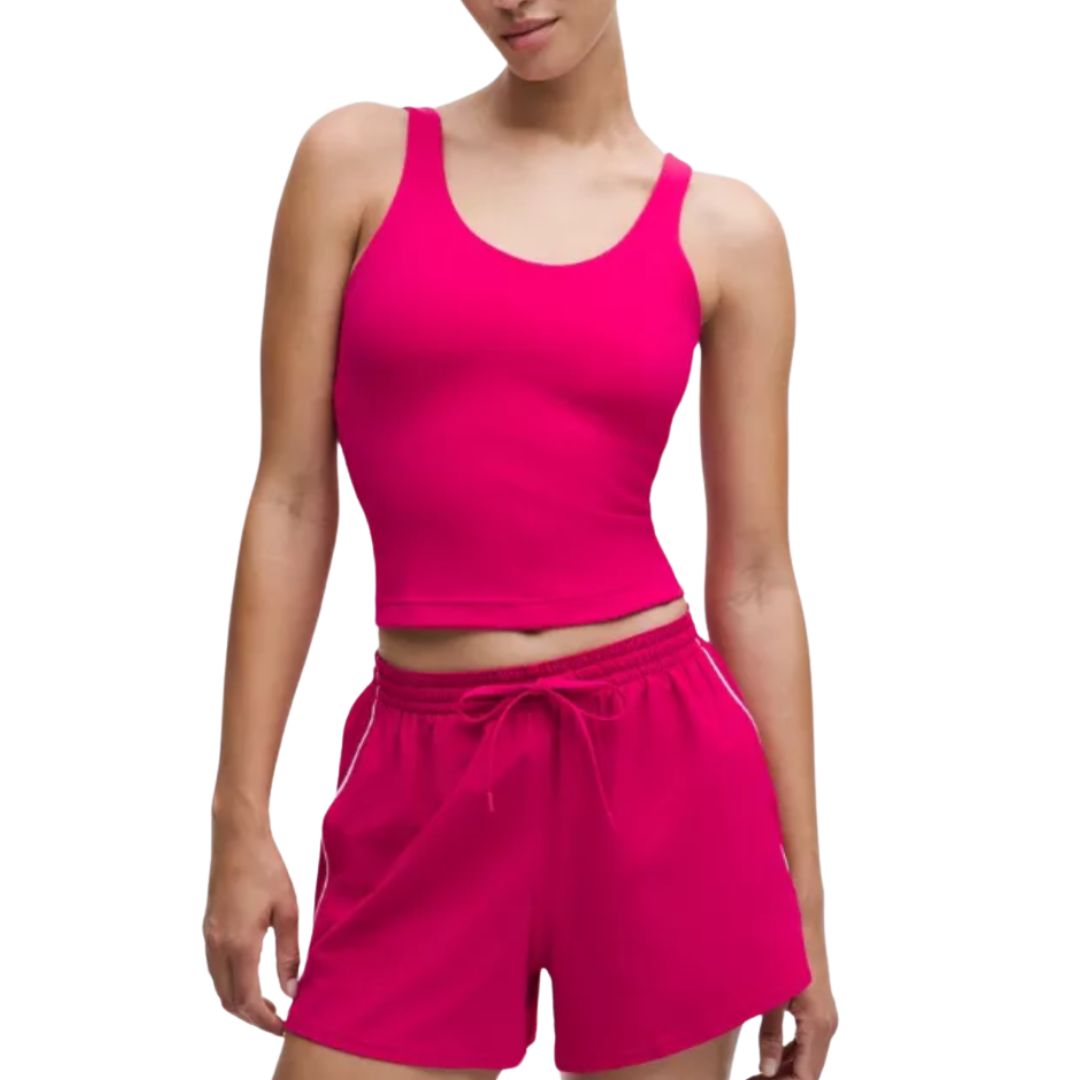
Having recently tried the lululemon Glow Up Tank, I can vouch for both its quality and style. It fits like a dream and also makes me feel good. Worn with the matching leggings, it's the perfect ensemble for a Pilates princess.

A good mat is a must for Classical Pilates. This one from YOGATI is reasonably priced and 6mm thick to provide comfort and stability during your practice. There are four colours to choose from, and each one is reversible, so it feels like two mats for the price of one.
How often should I do Classical Pilates moves?
There's no right or wrong when it comes to how often you should do Classical Pilates moves - just try and build them into your weekly routine as often as you can.
"The good news it that there is no harm in doing Pilates as often as you can," instructor Riley says. "But aim for two to three times a week ,and you will feel great."

Katie Sims is a freelance journalist who writes about a variety of topics for publications including Woman&Home, Liz Earle Wellbeing, Who What Wear, and Ideal Home. She graduated with a Master's in Media and Journalism in 2021 and has been writing engaging digital content ever since. Her biggest passion is all things health and wellness, and she's tested fitness devices, workout methods, and nutritional advice to see what can help her (and others) feel good from the inside out. She's also a lover of beauty, particularly skincare. When she's not writing health and wellness content, she'll either be on a long walk, at a Pilates class, or tackling her long list of books to read.
-
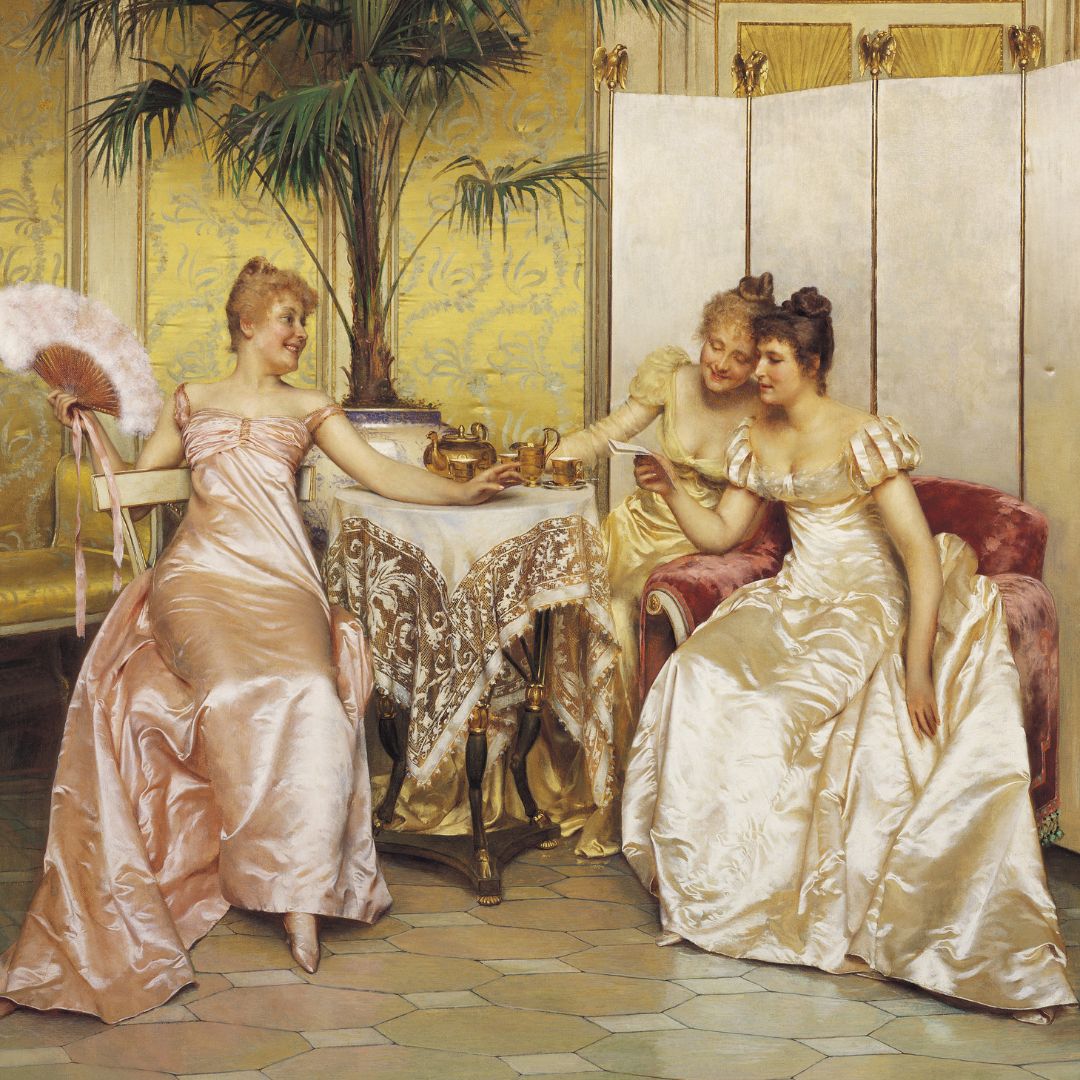 I was told I was too girly to be gay — When will society stop judging women on how we look?
I was told I was too girly to be gay — When will society stop judging women on how we look?Why femme invisibility is a feminist issue
By Roxy Bourdillon
-
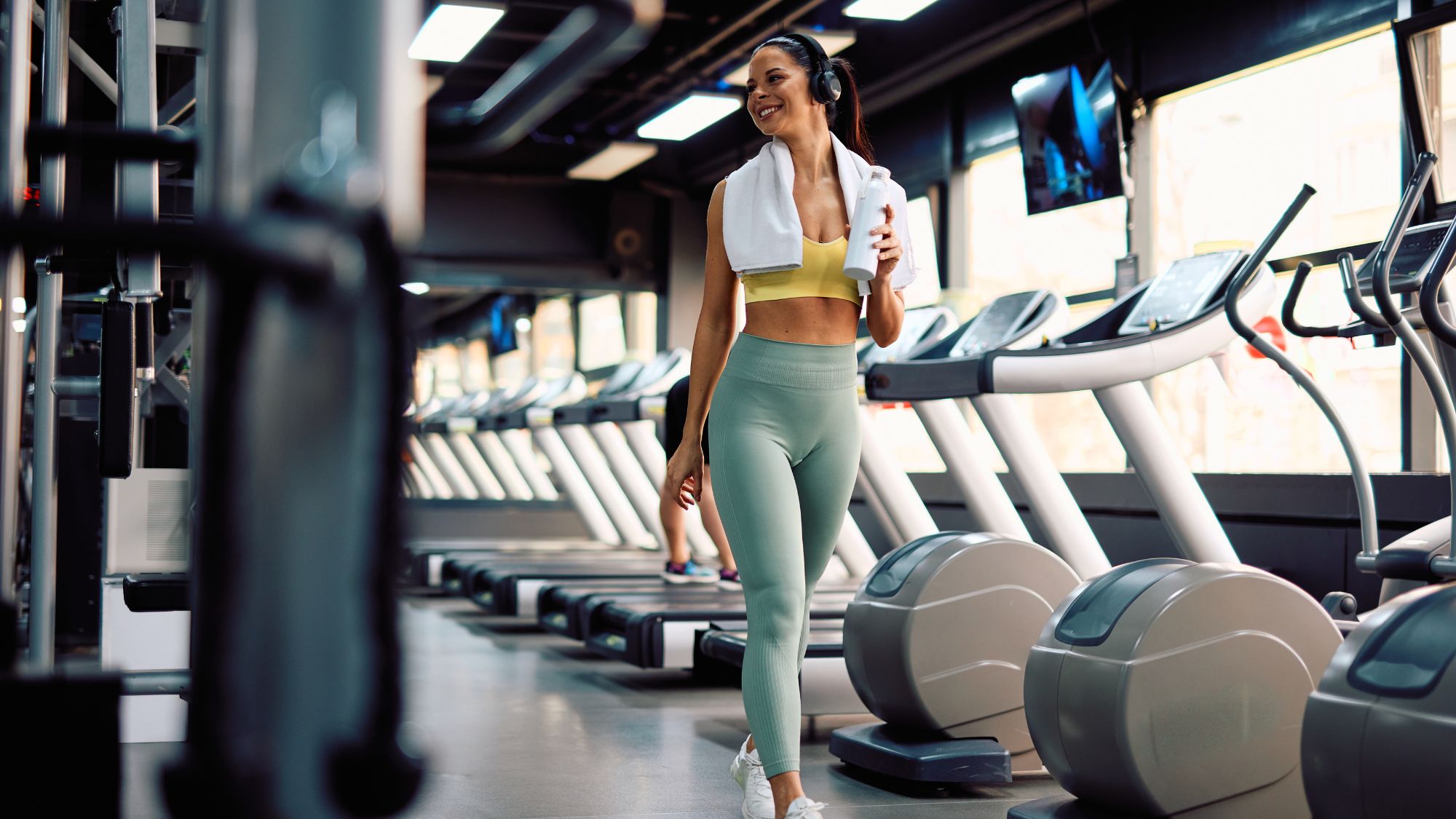 Walking workouts are the hottest form of exercise RN - 5 best walking workouts for beginners to boost fitness and mood
Walking workouts are the hottest form of exercise RN - 5 best walking workouts for beginners to boost fitness and moodYour ultimate guide.
By Katie Sims
-
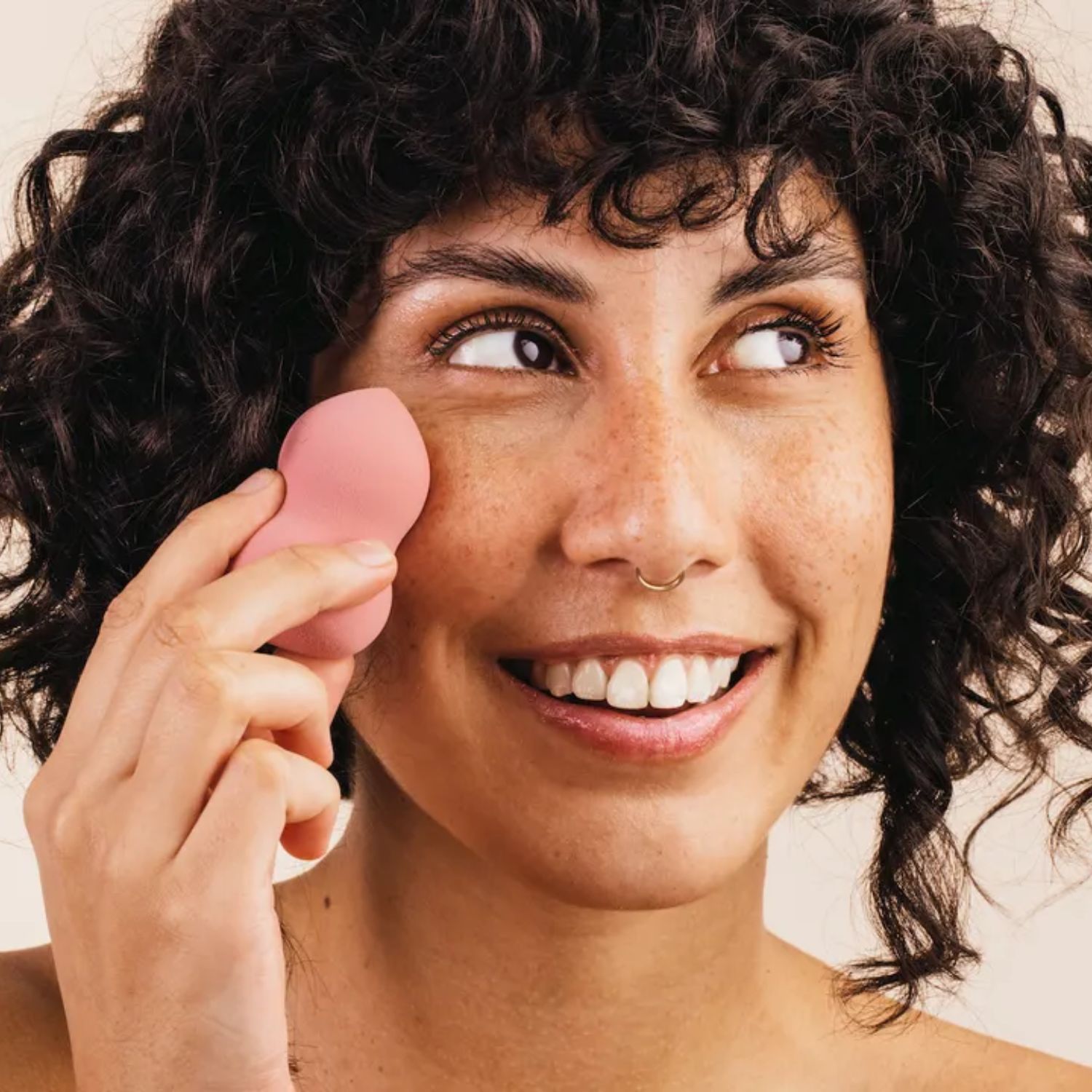 I have no time to be faffing with brushes, but a make-up sponge is an essential in my routine—here are the 6 best
I have no time to be faffing with brushes, but a make-up sponge is an essential in my routine—here are the 6 bestEssential for smooth, seamless skin
By Mica Ricketts
-
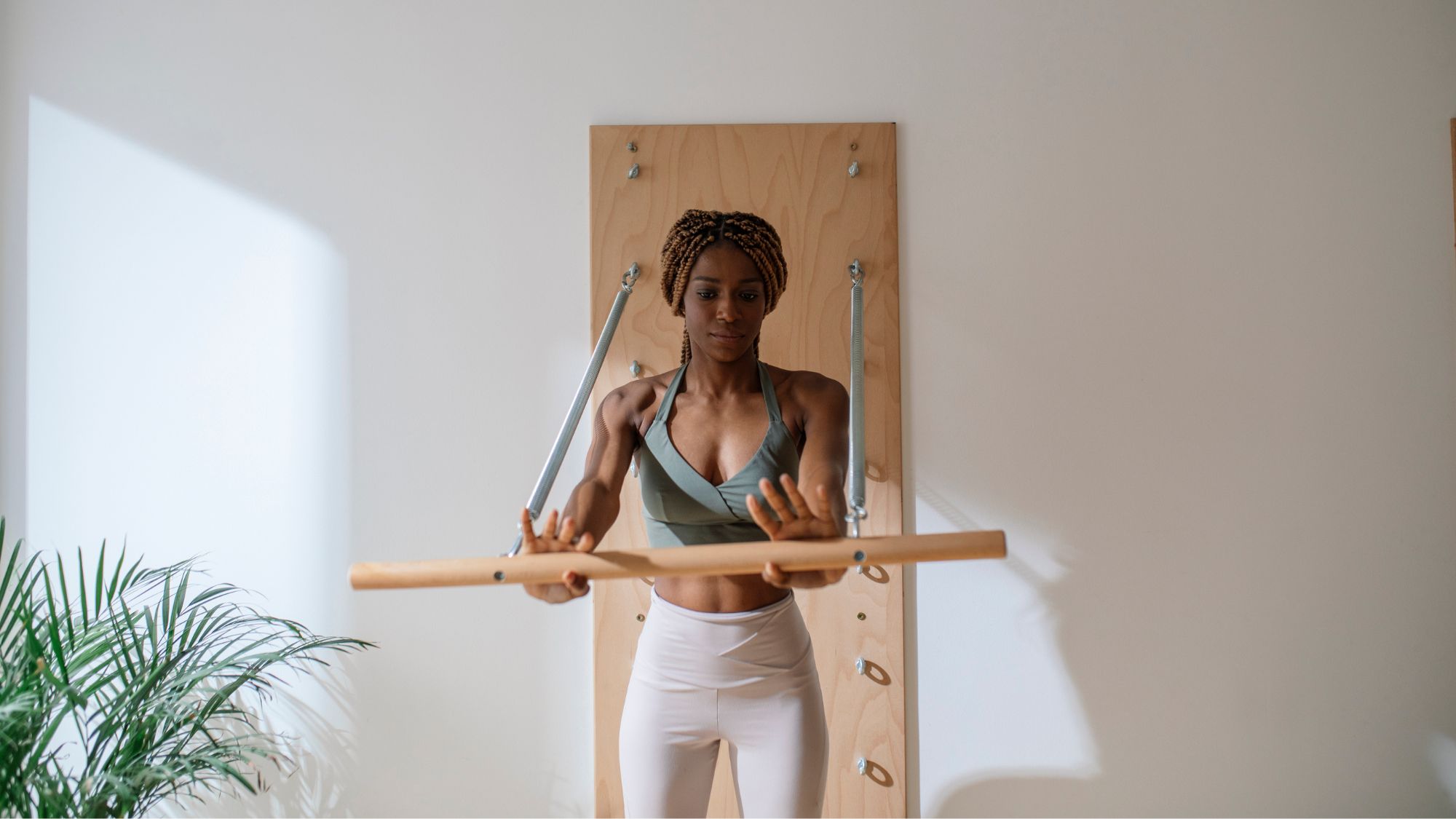 Stop what you're doing: these are, hands down, the best wall Pilates workouts for the core, according to top instructors
Stop what you're doing: these are, hands down, the best wall Pilates workouts for the core, according to top instructorsRigs at the ready.
By Katie Sims
-
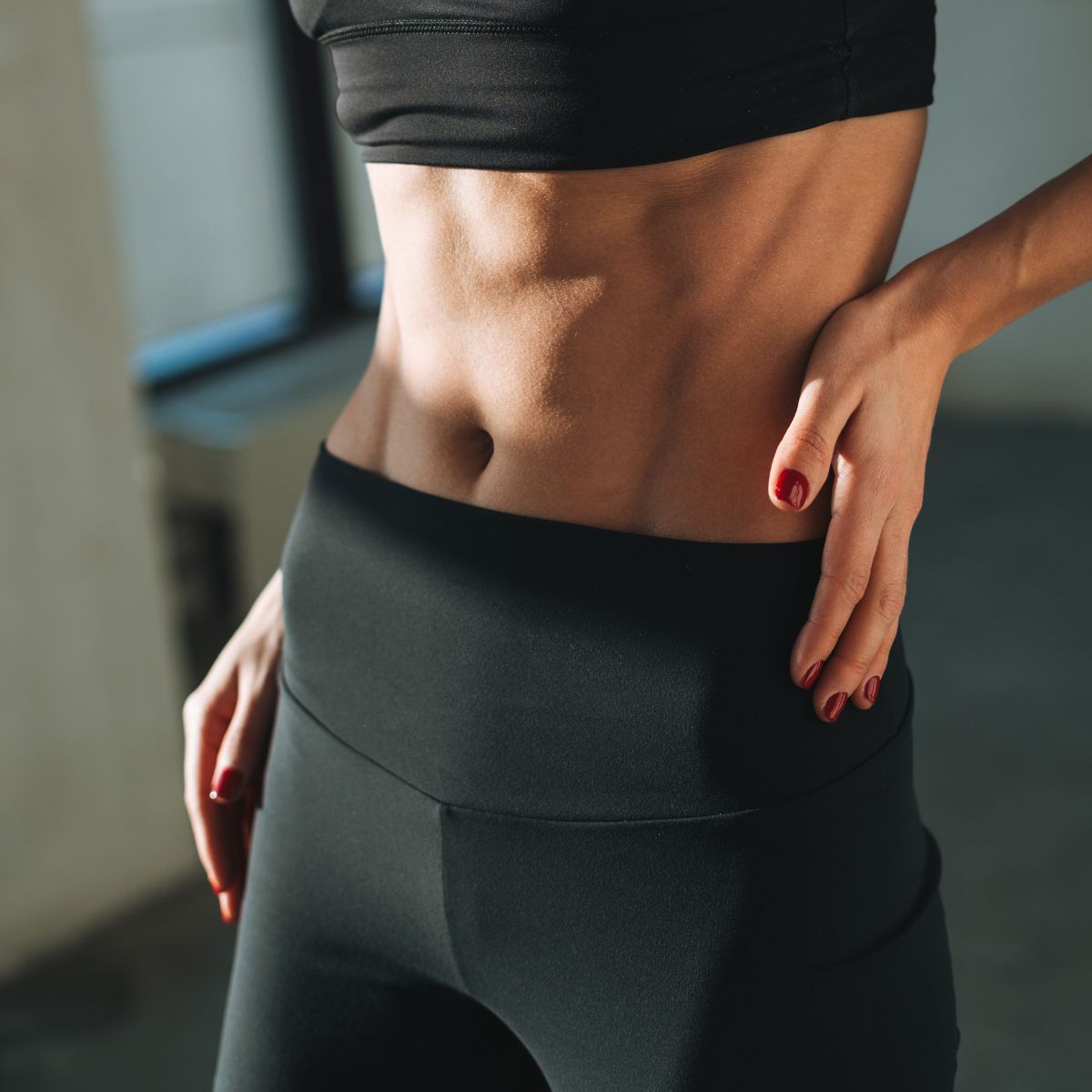 Modern Pilates is one of the most fun yet effective ways to strengthen and lengthen your body - 6 exercises to try
Modern Pilates is one of the most fun yet effective ways to strengthen and lengthen your body - 6 exercises to tryKeen to strengthen your entire body? This one's for you.
By Anna Bartter
-
 I tried Pilates roll-downs every day for a week - and was amazed at how quickly it eased years of stiffness
I tried Pilates roll-downs every day for a week - and was amazed at how quickly it eased years of stiffnessConsider my spine more mobile than before.
By Rebecca Shepherd
-
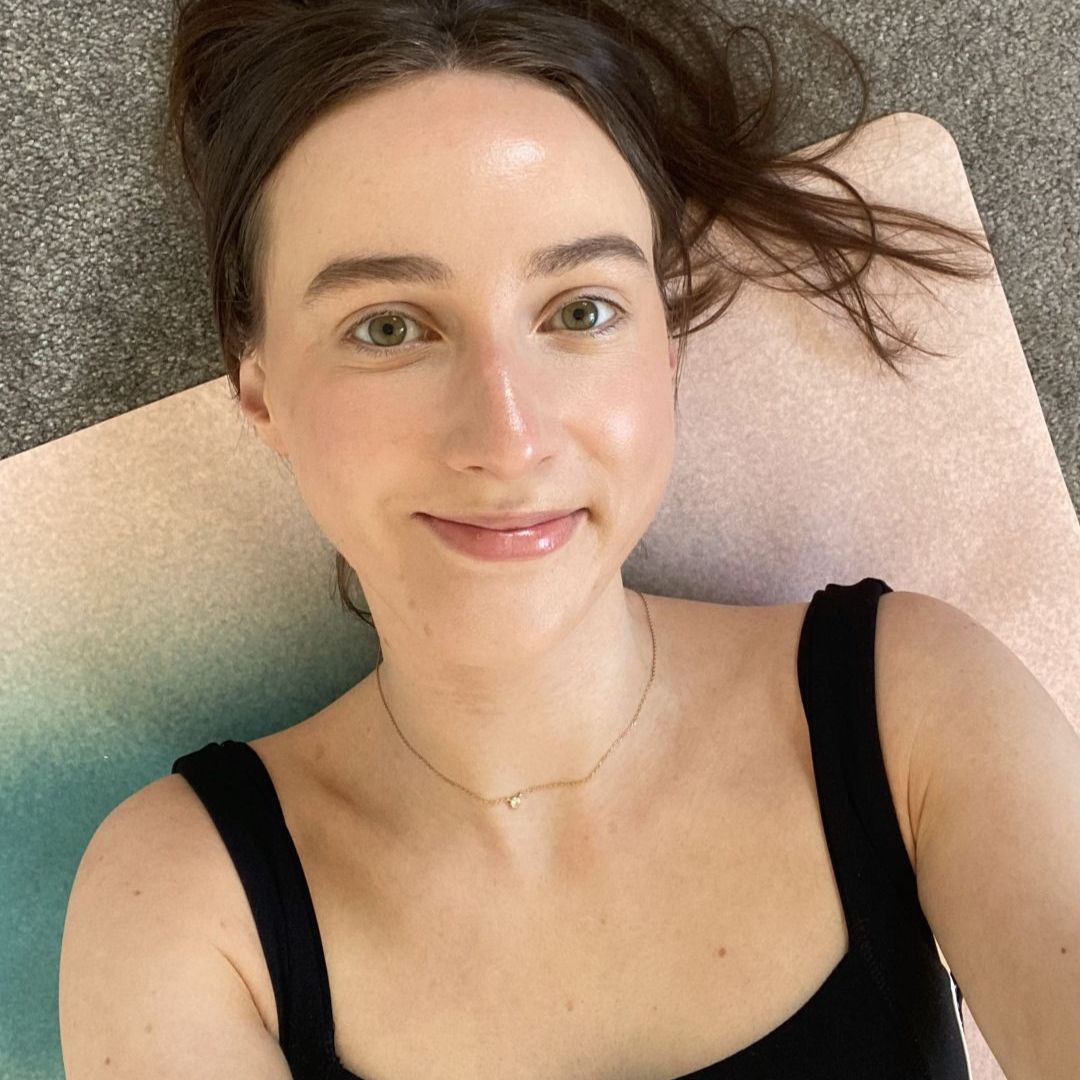 I tried Pilates scissors, the raved-about Pilates move - and think it's the best combination of stretching and strengthening ever
I tried Pilates scissors, the raved-about Pilates move - and think it's the best combination of stretching and strengthening everTrust me, this one's worth trying.
By Katie Sims
-
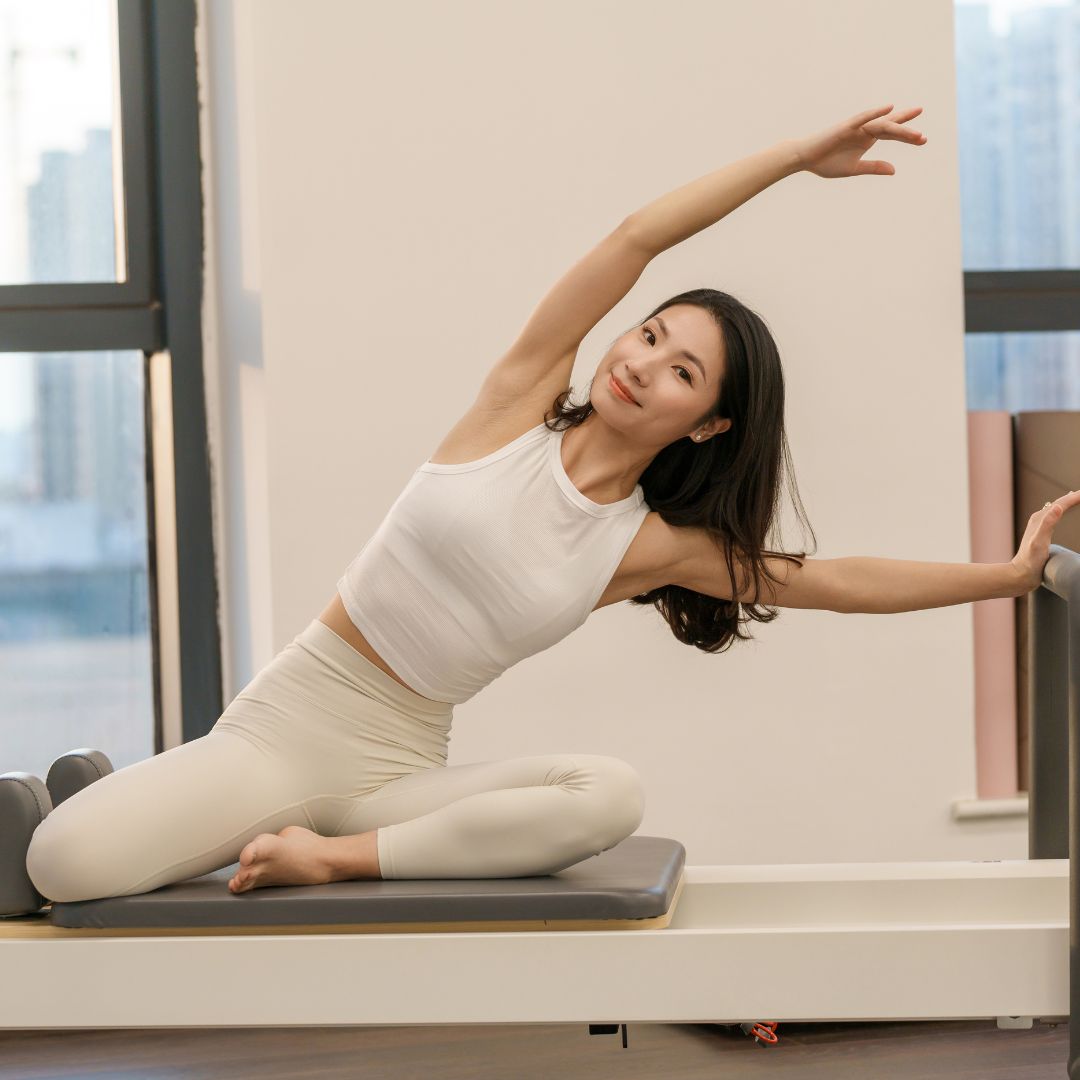 Eager to build a strong, stable core from home? 7 advanced Pilates core exercises that coaches do themselves
Eager to build a strong, stable core from home? 7 advanced Pilates core exercises that coaches do themselvesStability, strength *and* control? It's a yes from us.
By Anna Bartter
-
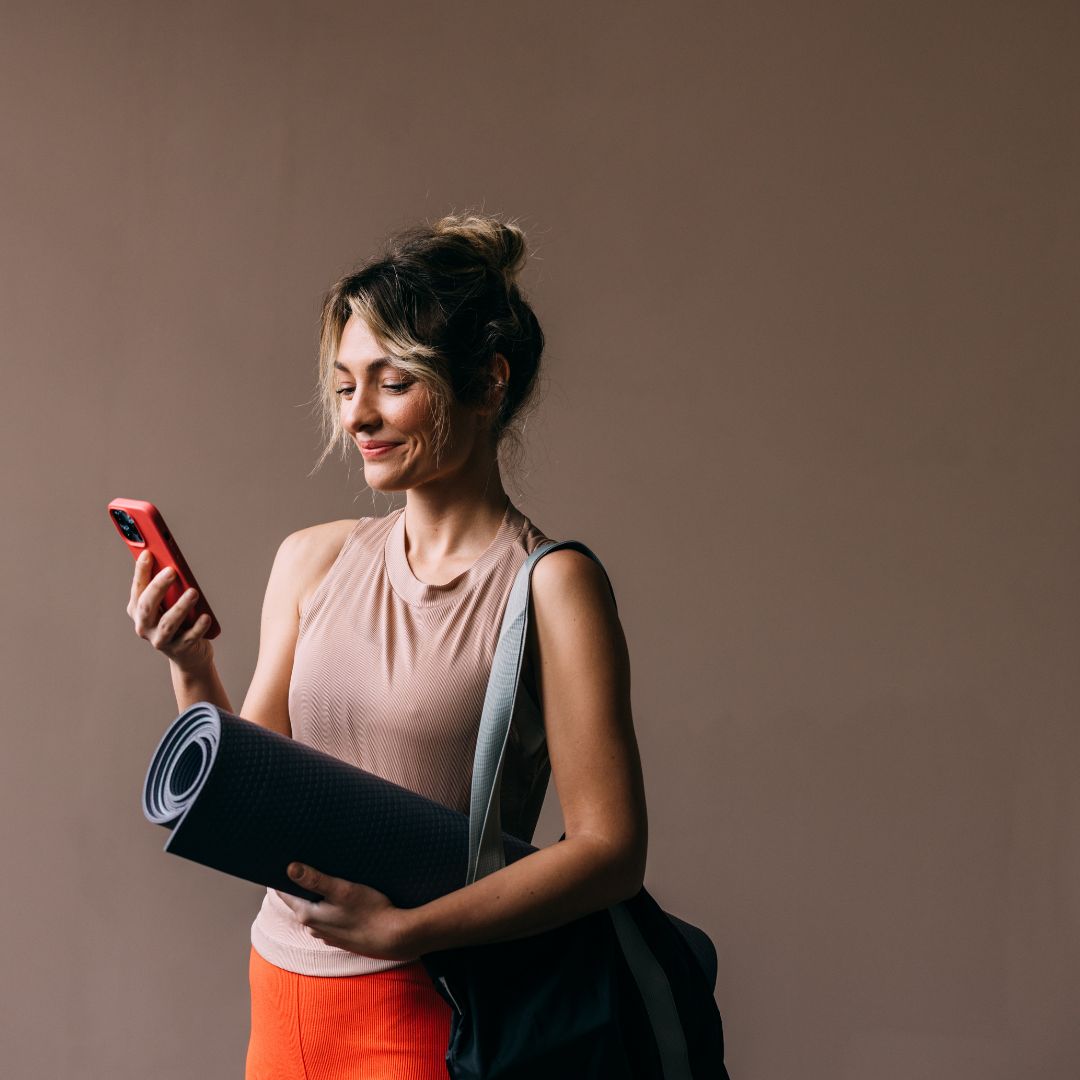 Fan of low-impact sessions? These are officially the 7 best Pilates apps for boosting strength, tone and mood
Fan of low-impact sessions? These are officially the 7 best Pilates apps for boosting strength, tone and moodYou can thank us later.
By Katie Sims
-
 I tried STOTT Pilates at home every day for a week - and I've fallen for the trending workout hook, line and sinker
I tried STOTT Pilates at home every day for a week - and I've fallen for the trending workout hook, line and sinkerYou'll want to give this one a go.
By Katie Sims
-
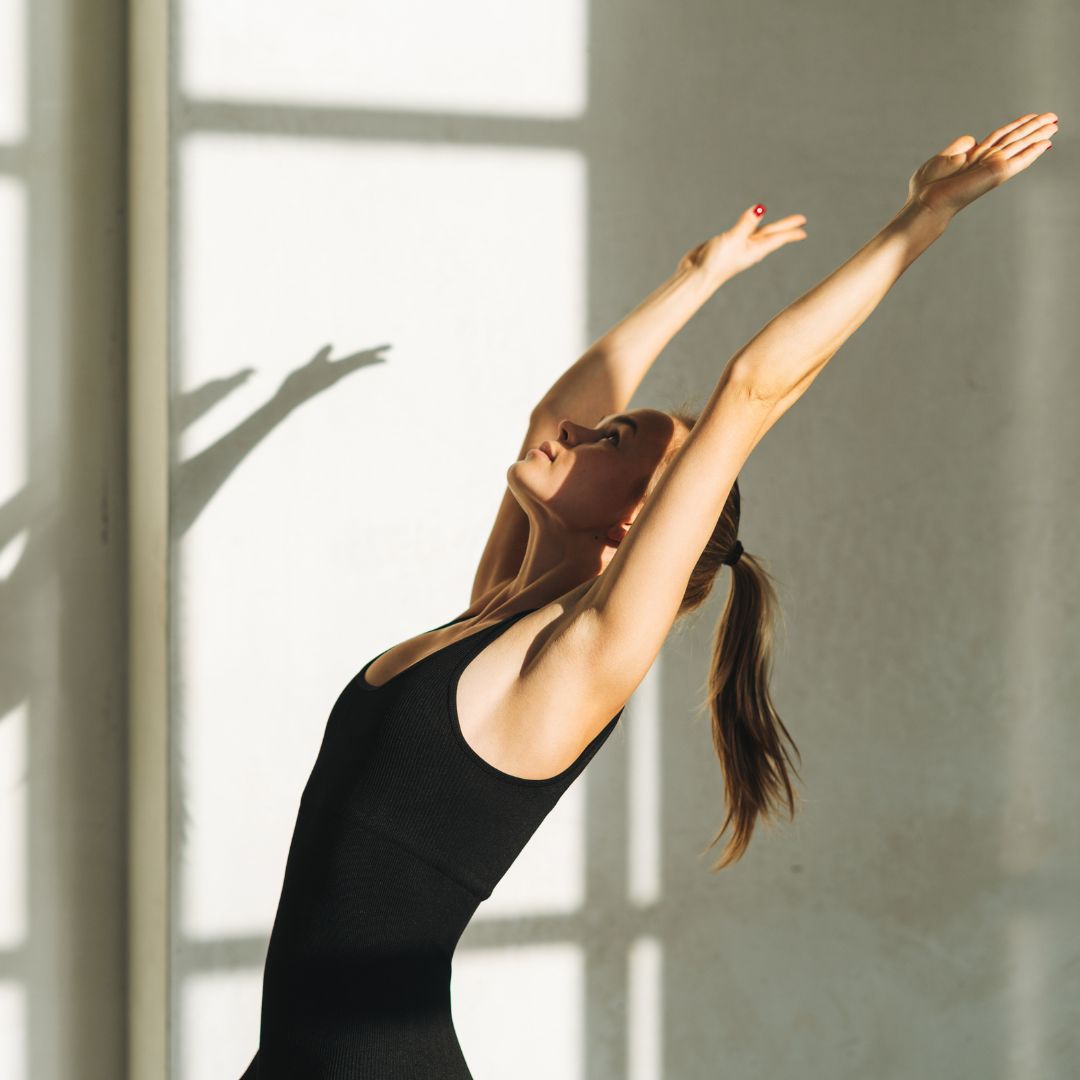 Keen to get Reformer results without the hefty price tag? 5 best Pilates boards to upgrade your home workouts
Keen to get Reformer results without the hefty price tag? 5 best Pilates boards to upgrade your home workoutsThey're great for small spaces, too.
By Amelia Yeomans







